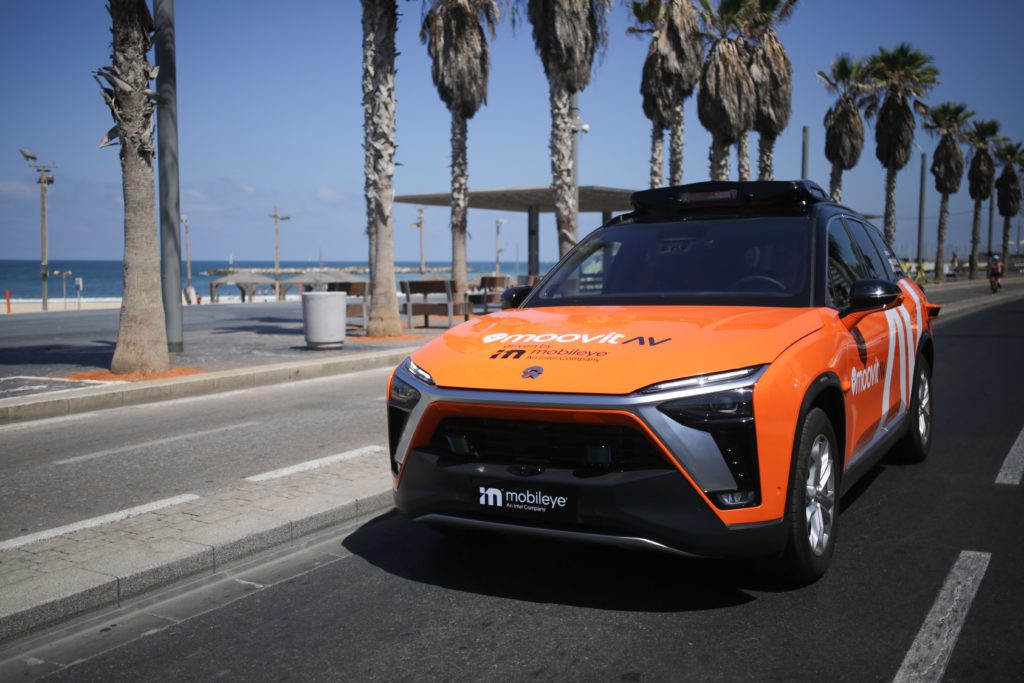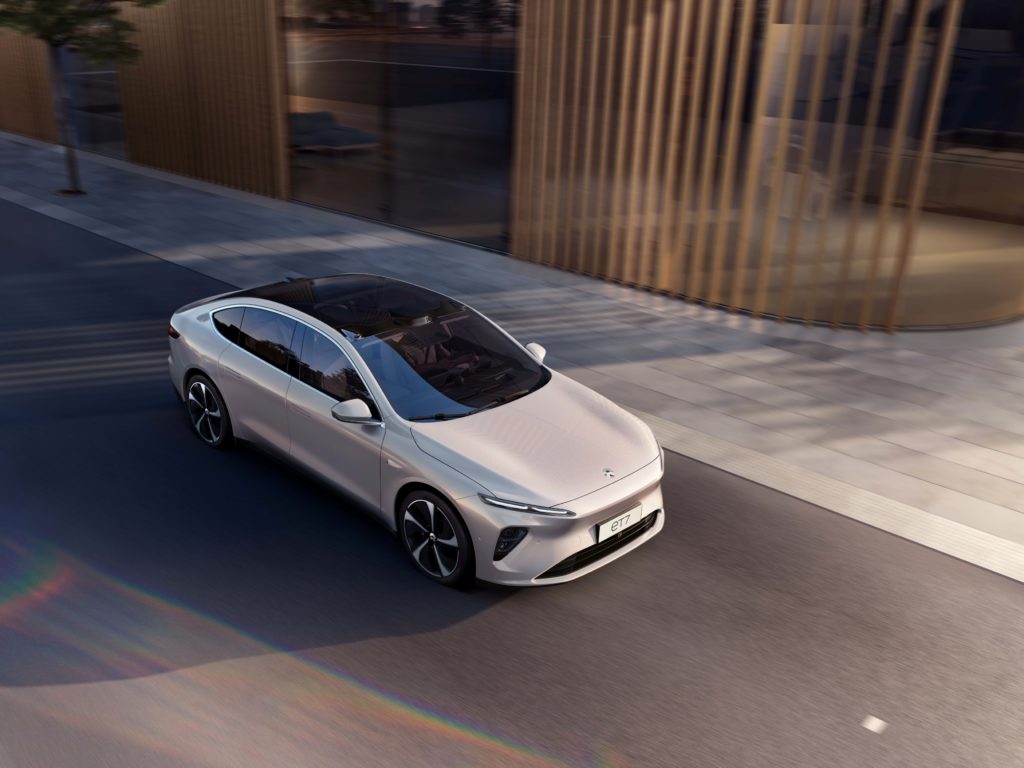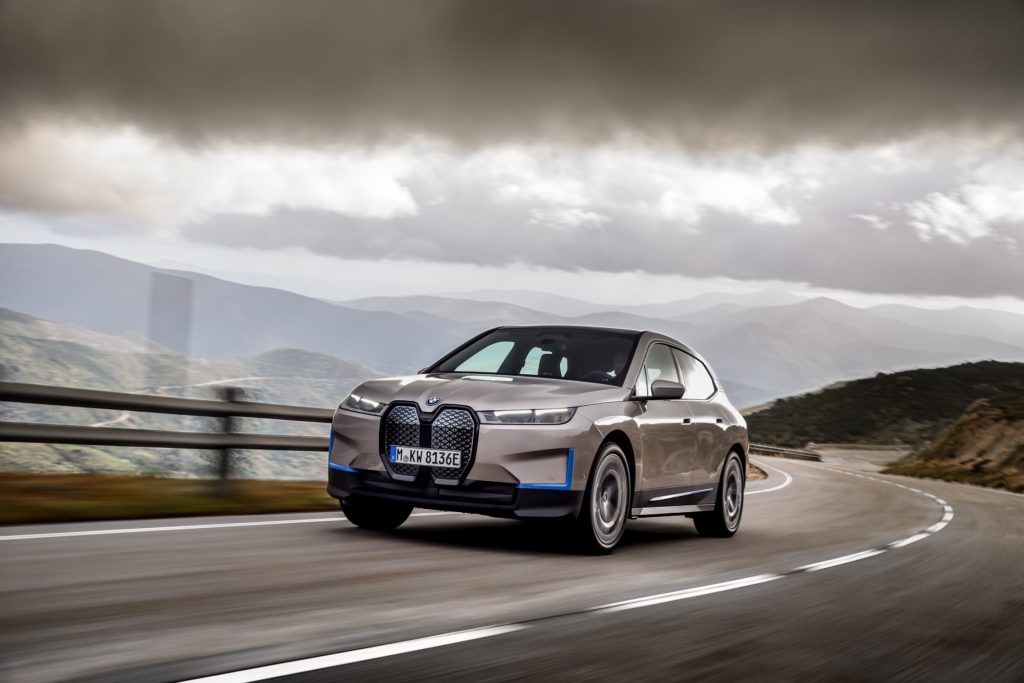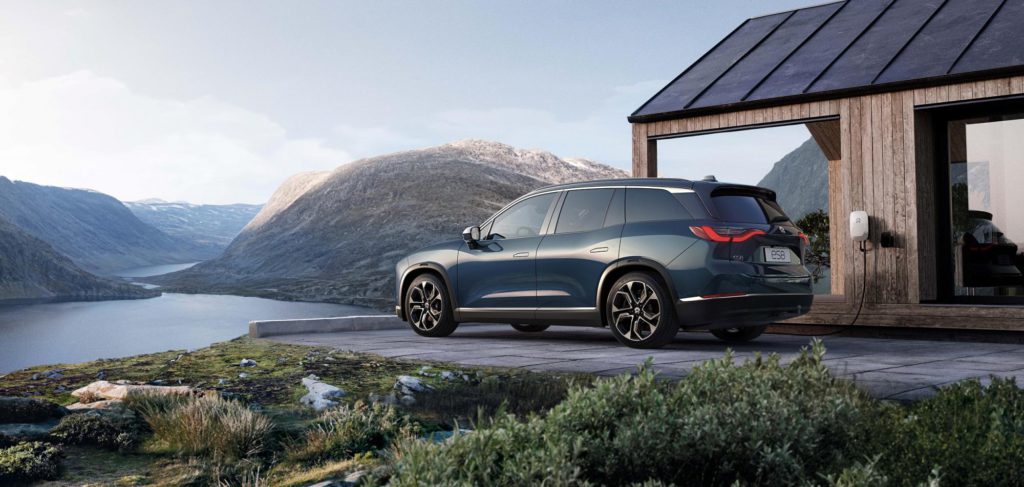How to successfully launch a new brand in Europe
21 September 2021

Never before has the European automotive market seen so many entries from new brands, be it established players outside of the continent or fresh startups. Sonja Nehls, managing director of Autovista Group Car To Market and Consulting, explains how to successfully launch a new brand in Europe.
Between 2017 and 2018, less than 5% of all model launches came from new brands. But this figure is expected to increase to roughly 25% in 2022. So, every fourth car launch discussed in the press and visible in advertising could come from a brand that was not around just a couple of years ago.
At IAA Mobility 2021 in Munich, new brands seemed to outnumber traditional manufacturers. But attendees may have asked themselves: ‘which of these newcomers will still be around for the next IAA in two years?’ The Byton M-Byte was a star of the last IAA in Frankfurt in 2019 and stuck out with its unique entertainment system. The European launch was planned for 2021 but has now been put on hold indefinitely. With the pandemic keeping the world on its toes, there are many reasons for this extending beyond the model and brand. So how can new players successfully get a foot in the door and launch their models successfully in Europe?
Saturated and competitive
The European automotive market is already saturated, having to deal with overcapacity and consolidation of brands. So, some may wonder whether all the new market entrants are here to stay and if they have the endurance to establish themselves in this very competitive market. There are various factors that will drive a successful and sustainable market entry.
Just launching another brand with market-comparable models at similar price points but having a weak or non-existent brand reputation will not lead to success. New brands will have to come up with very clear USPs and focus on their sweet spots. The four most promising aspects for this are cost performance, technology, concept, as well as brand and user experience.
Affordable electromobility
Cost performance is perhaps the most straightforward approach. Manufacturers that already have large production capacities and established structures in other markets are able to leverage their economies of scale and offer models at a very attractive price point. Offering smaller and more cost-effective models can provide a greater number of European customers access to electromobility, especially those not dedicated to established or even domestic brands.
While the markets probably have room to absorb attainable lower-cost models, this is certainly not the most attractive option from an OEM’s point of view. Also, it will not work in all segments. There is something of an invisible barrier cutting through the D-segment, making it very difficult for new players to obtain market shares from domestic brands or established European manufacturers. Fleets account for a predominant share of those larger segments, and it is mostly down to user-choosers deciding on the brand they drive. Status and representation play too much of an important role to make it easy for new players to win those customers.
The charge of technology
The second potential differentiator is technology. As new market entrants are predominantly introducing electric models, charging technology is important. Once a true 400-500km range is reached, range anxiety will no longer be the chief worry of potential battery-electric vehicle (BEV) buyers. Instead, this will be overtaken by concerns about the convenience and speed of charging.
Introducing faster, more accessible infrastructure along the lines of the Hyundai Ioniq 5’s 800-volt technology, integrated solar panels, or offering package solutions for home-charging with buffer storage and a vehicle-to-grid (V2G) connection could become game changers and true USPs for a new brand. The human-machine interface (HMI) and entertainment system, as well as driver-assistance systems, are other big fields for innovation.
Differentiating design
Focusing more on the car and its design comes down to the vehicle concept. Who would have guessed that the Nissan Qashqai would kick start an SUV boom when it first hit the markets in 2006? The Smart ForTwo was critically received at first but to this day has won over a loyal customer base and is just the right car for many use cases. So, what is the next big thing or emerging need? Can the new models fill those requirements better than existing ones?
In some cases, successful concepts from a new brand’s home market can become viable elsewhere. But oftentimes, they do not. What complicates matters is that Europe is not just one market, instead it consists of more than 30 nations, all with their own tastes and dynamics. It is, therefore, crucial to listen to each European customer’s needs and be prepared to make adjustments accordingly. A localised R&D centre will be necessary to be successful in the long run. This is what all new market entrants should prepare for, as it is very unlikely to win customers and market shares overnight.
Brand and user experience
Finally, brand and user experience are key differentiators and cannot be overlooked. Most market entrants are unable to build on an existing brand reputation in Europe. Some manufacturers compensate by using well-known names from the past, but the advantage it gives them is marginal.
Launching a brand is a challenge in itself, but in the automotive market, this also involves building a network of dealers or at least agents for selling the models and ultimately being able to provide convenient, fast, and well-located after-sales support. Basically, it is about giving customers peace of mind and assuring them they are not taking a risk. We now see many companies with workshops or quick fitter chains that are meant to overcome the hurdles of after-sales service. Time will tell how customers will adapt to these concepts. Some may recall friends and colleagues complaining about high parts prices and long repair times for imported cars years ago, a clear issue when it comes to brand loyalty.
So far, we have not really come across a new player that could leverage their brand to an extent that really made a difference. There was, and is, lots of talk about the Apple or Google car, or brands like Sony partnering with well-known automotive suppliers such as Bosch and ZF. It would be exciting to see how those big consumer brands might tackle the challenge and whether they would have a lasting impact on the automotive market.
As usual, there is no one-size-fits-all solution for new market entrants getting ready to engage with European customers. However, it is clear that a strong differentiator and USP is needed, and sustainable success is a marathon, not a sprint. Newcomers must listen to all the European markets, accepting their uniqueness and adjusting to their many different tastes.



